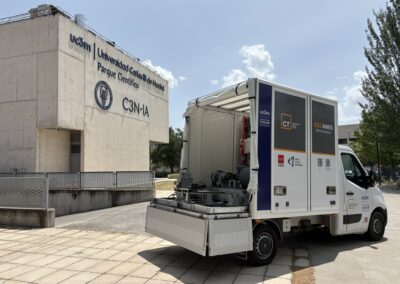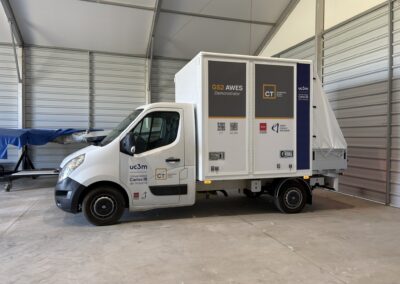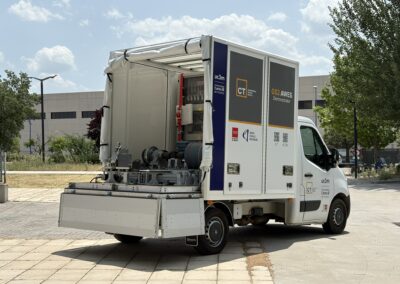Facilities
Facilities
Menu
Aerodynamics and flow diagnostics
The laboratories of experimental aerodynamics are equipped with state-of-art flow diagnostics tools, including planar, sterescopic and tomographic PIV, event-based velocimetry, hot-wire anemometry and Infrared Thermography for temperature and heat transfer measurements. The facilities below are available for aerodynamic testing.
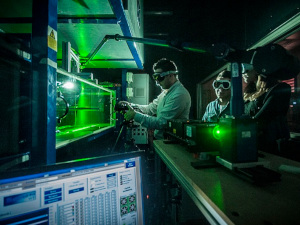
Subsonic Wind Tunnel
The subsonic tunnel has a cross section of 0.4 m x 0.4 m x 1.5m. It reacheas a maximum speed of 20m/s, with turbulence intensity below 1%.
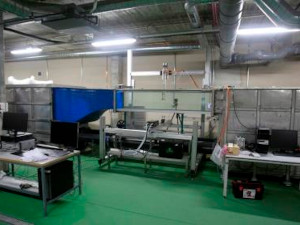
Hydrodynamic Tunnel
The hydrodynamic tunnel has a cross section of 0.5 m x 0.55 m x 2.5m. It reacheas a maximum speed of 2m/s, with turbulence intensity below 1%.
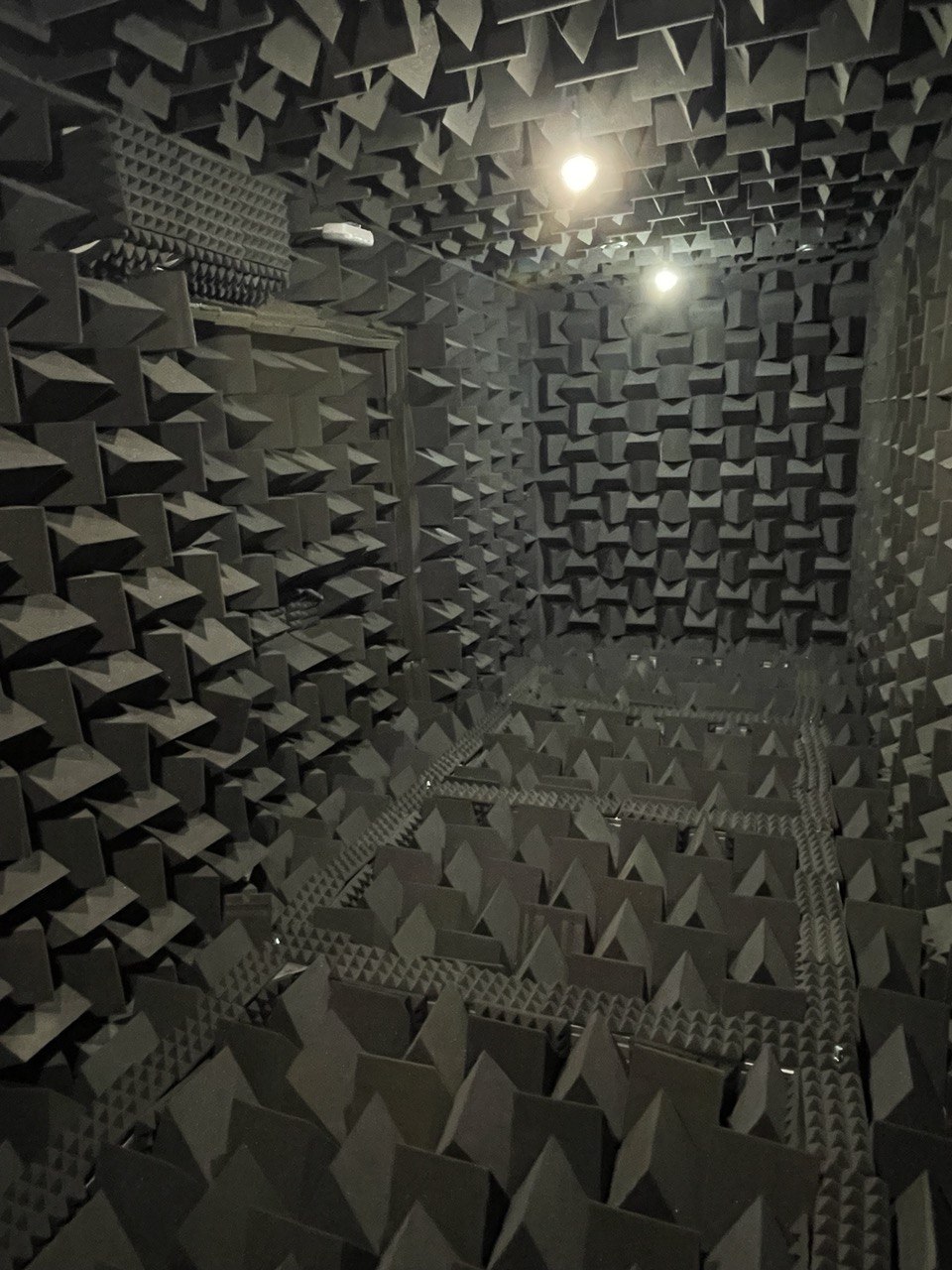
Anechoic chamber
The anechoic chamber is a 2m x 6.5m x 2.5m room. The room is fully insulated acoustically from the external environment and is equipped with 200mm foam wedges on all sides which provide an estimated cut-off frequency of 400Hz.
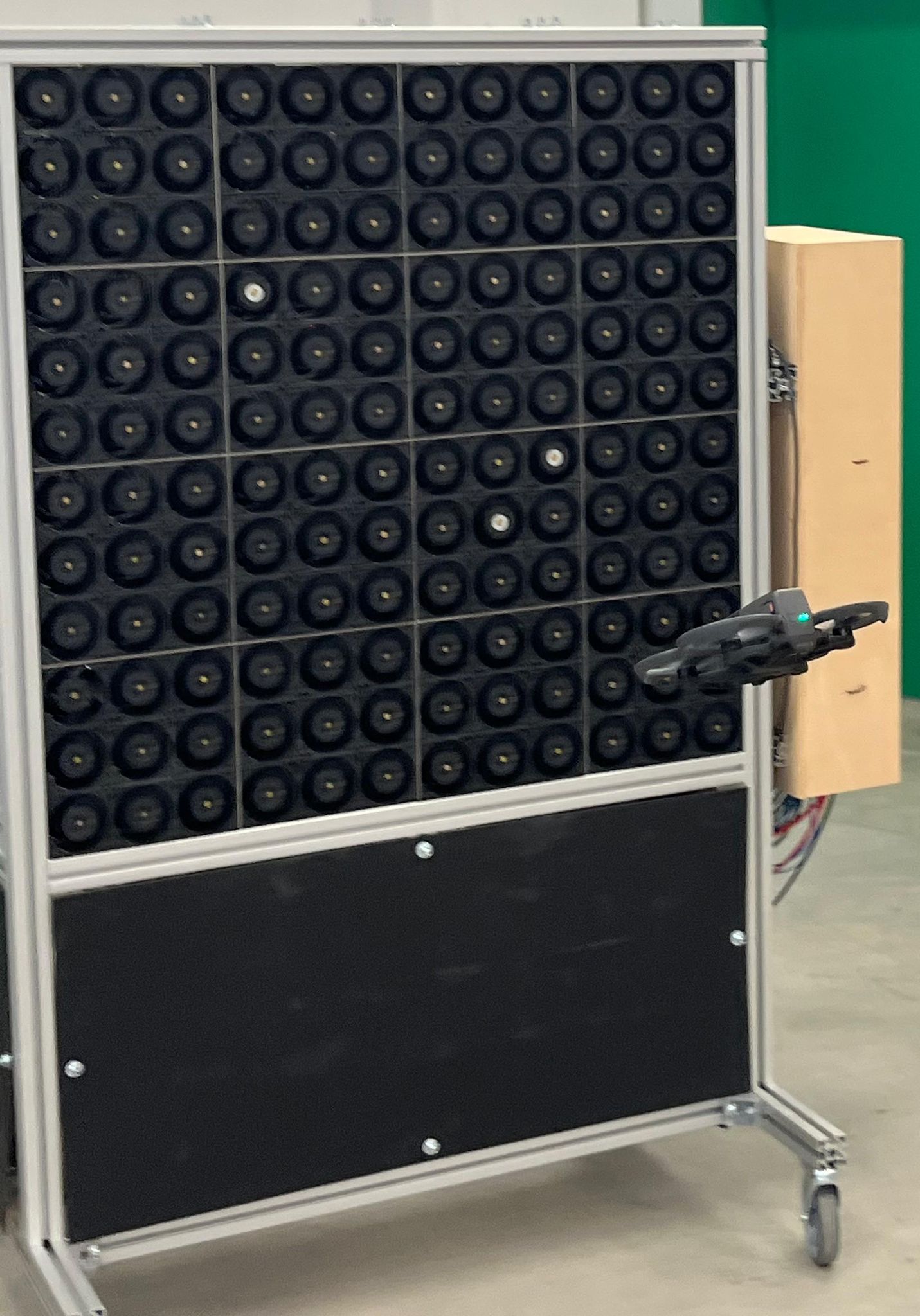
Multi-fan wind array
The custom-made multi-fan wind array has a cross-section of 1m x 1m and a top speed of 10m/s. The 3×3 fan modules can be operated independently to generate wind profiles and unsteady wind conditions.
Vacuum systems for Plasma Thrusters validation
The Space Propulsion Laboratory is equipped with state-of-art plasma diagnostics, including a set of electrostatic probes, optical diagnostics, thrust balance, mechanical arm systems for probe positioning and electronic/fluid ground support equipment. It holds vacuum equipment to perform standardized validation tests of plasma thrusters performances and plasma discharge characterization.
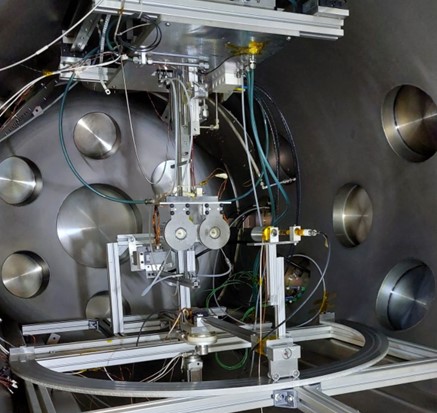
Main vacuum chamber
1.5m diameter, 3.5m length, Stainless steel vessel, equipped with cryogenic system, ultimate pressure 1e-7mbar, 1e-5mbar at 20sccm Xenon. It has been a test bench for H2020, ESA and National projects. Different technologies have been validated in this test bench: Hall thrusters<400W, Helicon Plasma Thruster < 1kW, ECRT<500W, and Hollow Cathode < 5 Amp.
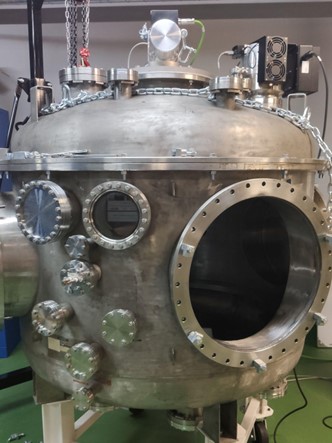
Strawberry chamber
1.5m diameter, 1.5m height, stainless steel vessel, equipped with cryogenic system, 1e-5mbar at 5sccm Xenon (under refurbishment).
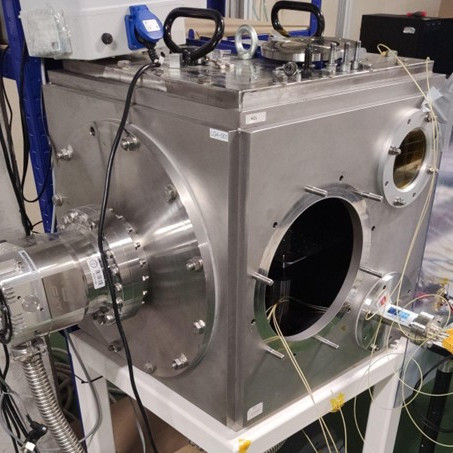
Hedrion chamber
Stainless steel cubic chamber, 0.5m side, equipped with mechanical/ turbomolecular 400L/s pump, ultimate pressure 1e-5mbar. It has been a testbench for ablative-PPT, and electrosprays.
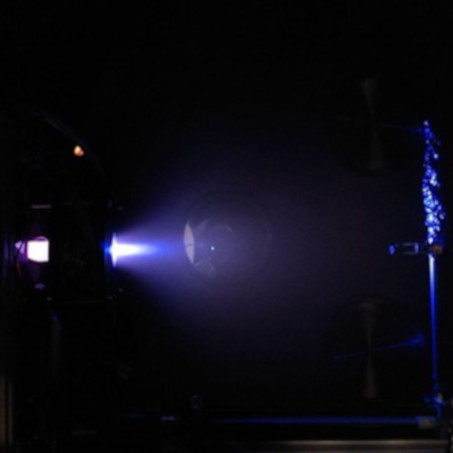
Helicon Plasma Thruster prototype
In these facilities, different electric propulsion devices have been validated: electrodeless plasma thrusters (HPT, ECR), low power hall thrusters, low current hollow cathodes, pulsed plasma thrusters, and electrosprays.
Center for Research and Integration of Technology for nano/micro-Satellites (CSAT)
The Center for Research and Integration of Technology for nano/micro-Satellites (CSAT) is a new scientific-technical infrastructure at UC3M established with a 1.5M€ award from the Spanish National Research Agency (AEI) with EU NextGen funding. Its purpose is the development, validation and integration of space technology and nano/micro-satellites (nanosats weigh 1-10 kg while microsats between 10-100 kg). The center will become operative mid-2025 and is led by Dr. Andrés Marcos from the Aerospace Engineering Department at UC3M with participation from 3 other departments. The CSAT is characterized, and differentiated from similar centers, by its advanced research capabilities arising from:
1. A dynamic satellite validation platform (including a free-air bearing table and a large Helmholtz cage);
2. A photonics-chip encapsulation equipment for space payloads’ development (including quantum communications);
3. A very high-end radiometer;
4. A software/hardware-in-the-loop lab (SIL/HIL) fully equipped with electronic instruments;
5. a vibrational testbed capable of reproducing the standard launchers’ ascent profiles;
6. a 70m2 ISO-8 clean room and a 70m2 “grey-room” central AIV room.
The CSAT is specifically design for collaboration and external access (from other universities, research organization, and/or companies) as part of UC3M’s Core Facilities and Service Centers (CAI).
Airborne Wind Energy Laboratory
Inaugurated in 2023, the AWE lab has been used to design, manufacture and carry out functional tests of a full AWE machine prototype in the 10kW range.
Due to lower installation cost, higher capacity factor and mobility, AWE is one of the most promising technologies for the sustainable production of electrical
energy. The laboratory comprises a workshop, a hangar, and a mobile test unit composed of a truck that is used to transport the AWE machine prototype to
the test site.

